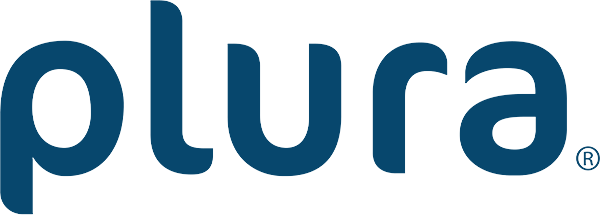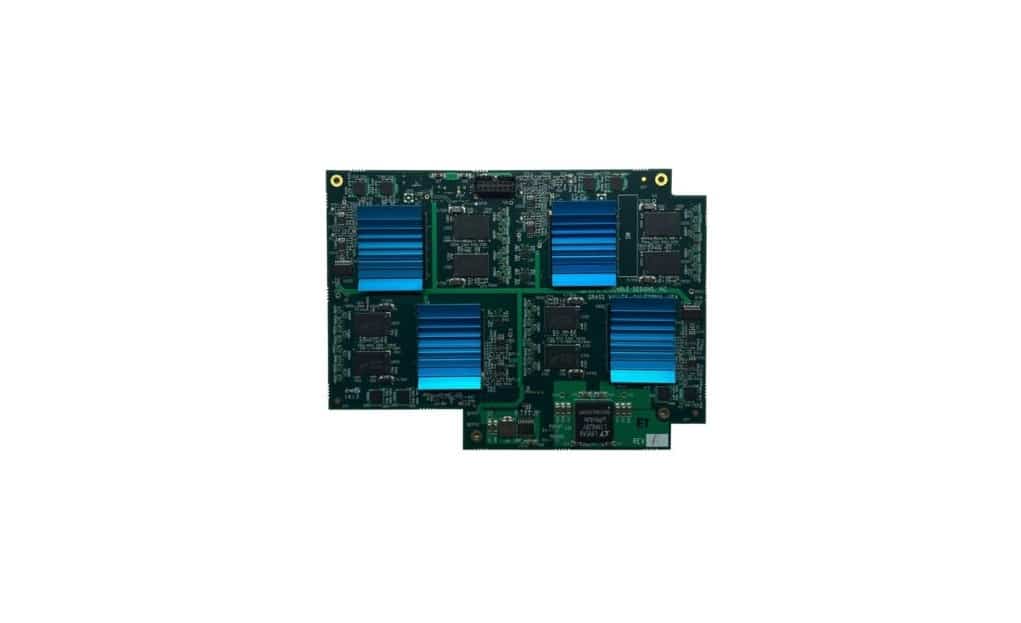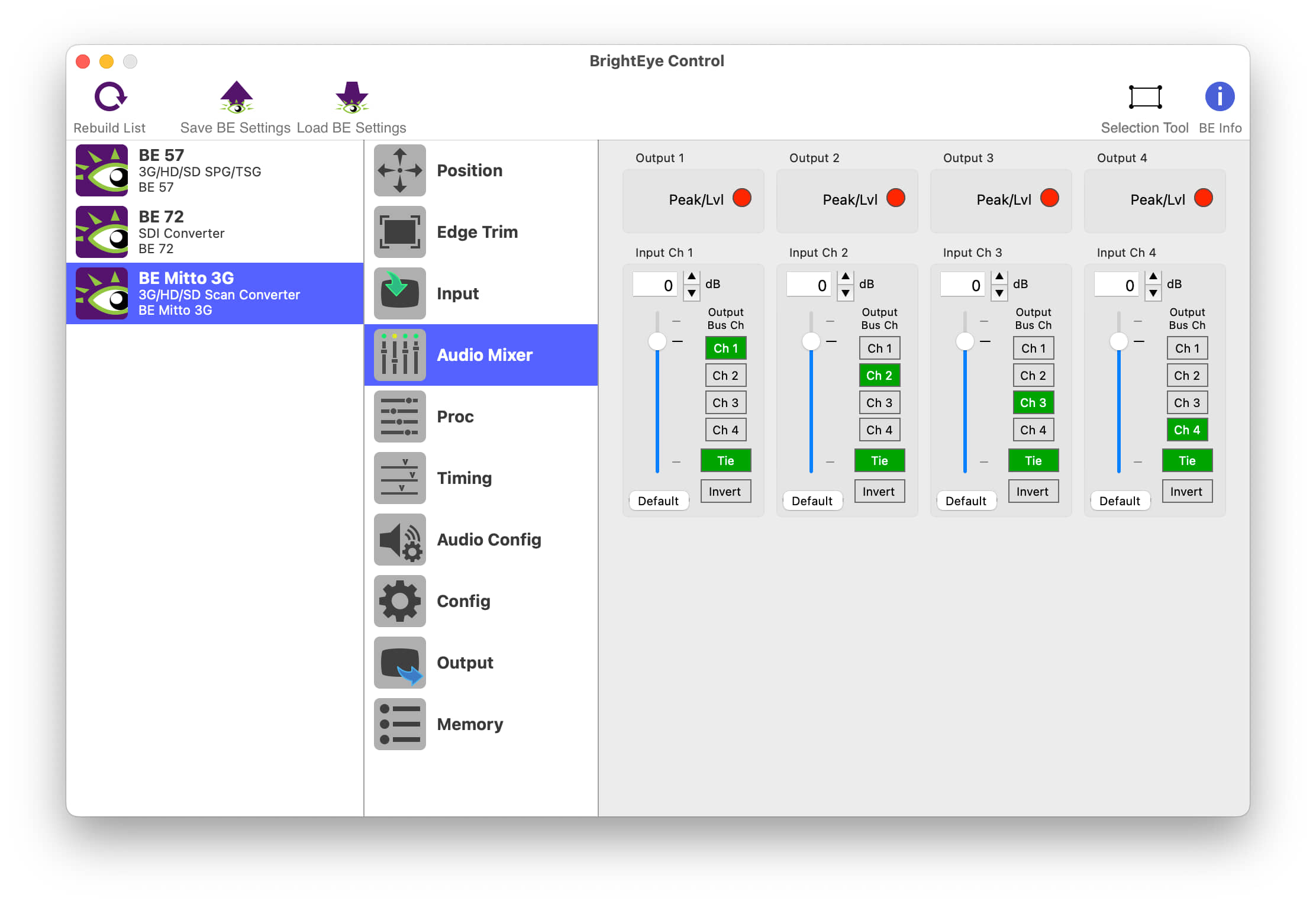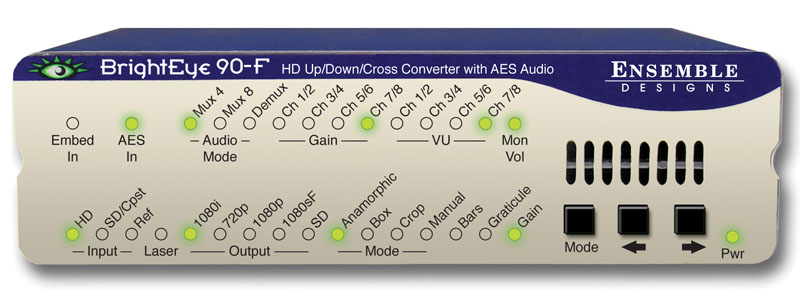Description
- Motion Adaptive Recursive Filtering
- Frame-based recursion
- Temporal Impulse Filtering
- Motion and Scene Adaptive
- Spatial and Temporal modes
- Preprocessing for MPEG
- 12 bit processing
- Minimal processing delay
- Automatic Noise Level sensing
- Automatic or Manual Reduction and Threshold setting
- Luma and Chroma Processing with separate controls
- Split Screen and Show Noise mode
- Luma Tie reduces cross-color artifacts
- Use with the 8500 Video Processing Frame Sync





